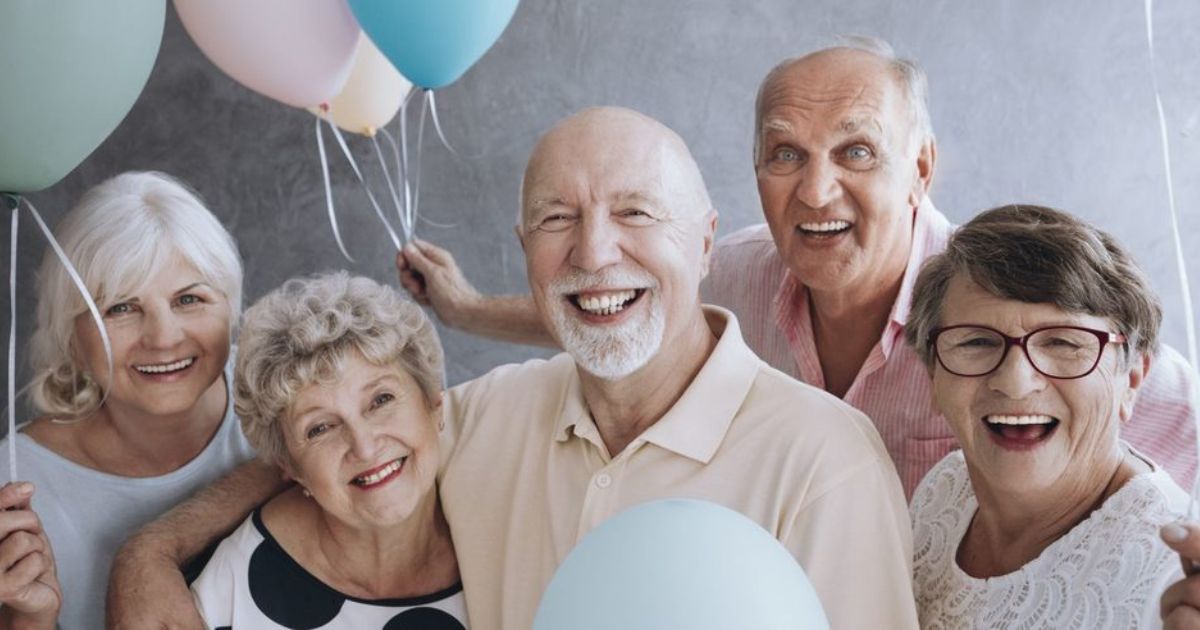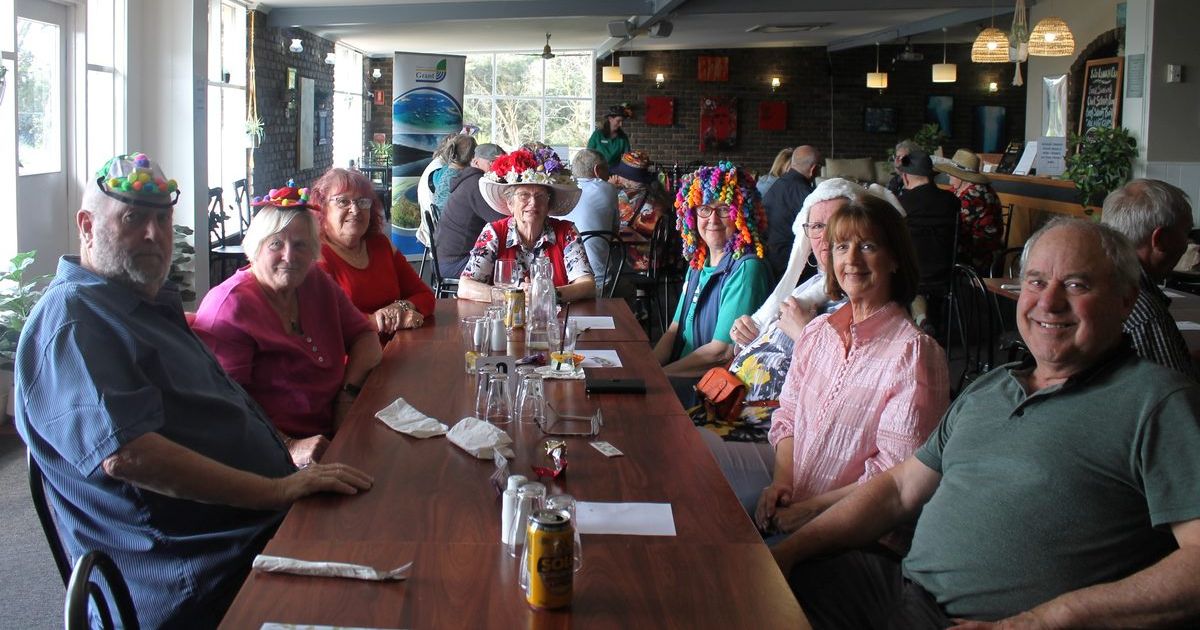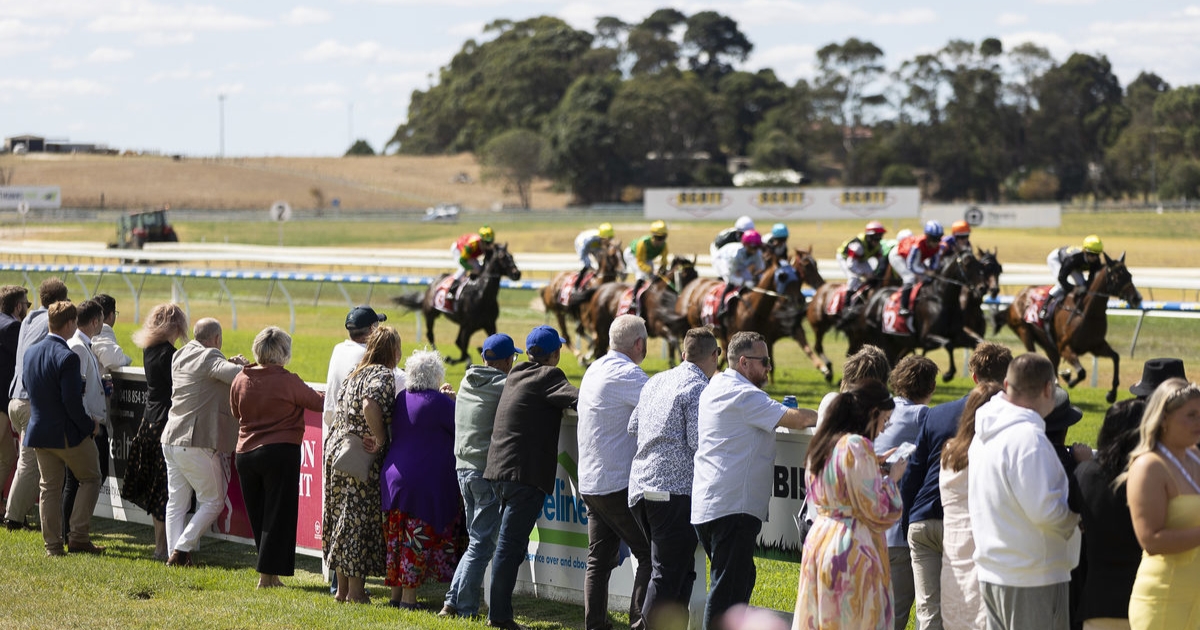Fifty years of developing good people & great champions
Phil Bates might have developed an impressive list of State, national and international karate champions and he is proud of that resume but more importantly he has trained his students to be good people and that is what has been the foundation of his 50 years at the helm of Mount Gambier’s Seishikan Karate School.
The highly regarded instructor, who has been part of the school for the entire five decades, celebrated the milestone on the October Long Weekend and the turnout from students and staff, past and present, showed he must have been doing something right.
The celebration was held at the Commodore on the Park and people travelled from far and wide to mark the milestone.
It was on the October Long Weekend in 1974 that Phil Bates travelled to Mount Gambier from Adelaide with his Japanese karate teacher and another instructor to take what would be the first classes for the Mount Gambier Seishikan School – its official opening.
Millicent’s John Ingham was an integral part of those early years as was Alan Hill, who originally headed up the school.
Initially Phil was a regular visitor as an instructor, commuting from Adelaide every month, until in 1979 he moved to the city he has now called home for more than four decades.
“I only knew one way to train and that was hard but always very technical,” Phil said.
Current instructor Alba Kraatz the first of his star pupils. It was only her second year of training when – 1984 – when she was crowned Australian champion and ranked fourth in the world.
Phill sees the 1980s and ‘90s as the height of the school’s success as his students regularly shone at tournaments.
Joanne Feast was a standout, making the podium at the World Games, while the late Michael Surypko was ranked third in Australia during his time with the school.
The late Chohwa Hill was another impressive performer, as was the sister act of Adina and Ayesha Susic.
And it was around 15 of that contingent that made the 80s so memorable for Phil that attended the recent milestone party – part of a celebration that had around 50 guests.
“They were just as passionate about karate now as they were then – as we shared our memories I could see them light up as they stared to talk about their time at the school,” he said.
In 20025, Phil was still very much involved but took a step back as Alba started to take on more of the instructing and she also produced plenty of championship winning students before COVID hit and the school has not competed at any tournaments since that disruption.
That could be about to change with some of the younger students currently part of the dojo looking to test themselves in a competition environment.
Phil’s current staff include long time star student Wade Von Stanke, Linda Dodds, who is a Third dan Black Belt, and Sonia Dickeson, along with Alba – who has proved to be not just an asset as a former international champion but as a quality teacher.
“Alba makes it fun,” Phil said. “Technically she is as good as you can get but she has a good understanding of how to make sessions fun.”
Traditional karate has always been at the hear of Phil’s journey as student and teacher and he is about going hard but in the right way.
“The worse injury I ever got was a black eye,” Phil said. “I have always been about control and that is what we have always stuck with.”
In the early days class sizes were hampered by the size of the Hanson Street Girl Guides Hall where the school was originally based.
“We could only fit 24 adults but what did work out well was sometimes we would split the class and they would take turns and it kind of worked well for them to sit and watch one group doing it before trying it themselves,” he said.
Eventually the school moved to the St Pauls’ Church Hall and while numbers stayed around the level that required two classes three nights a week, they did drop after COVID but signs are good they are on the rise again.
“It’s just a matter of plugging away,” Phil said. “My goal when I came here was to get to this point and still be training, to still have students that want to do it and for the younger ones to gradually take on more and more responsibility.”
Mission accomplished.



















